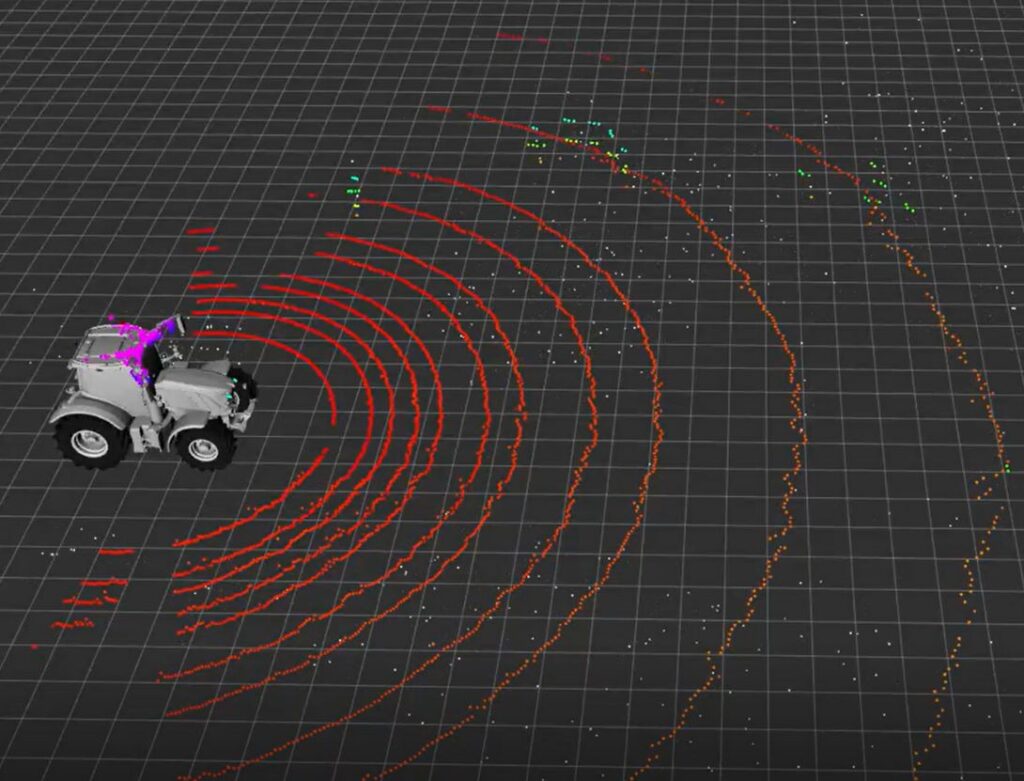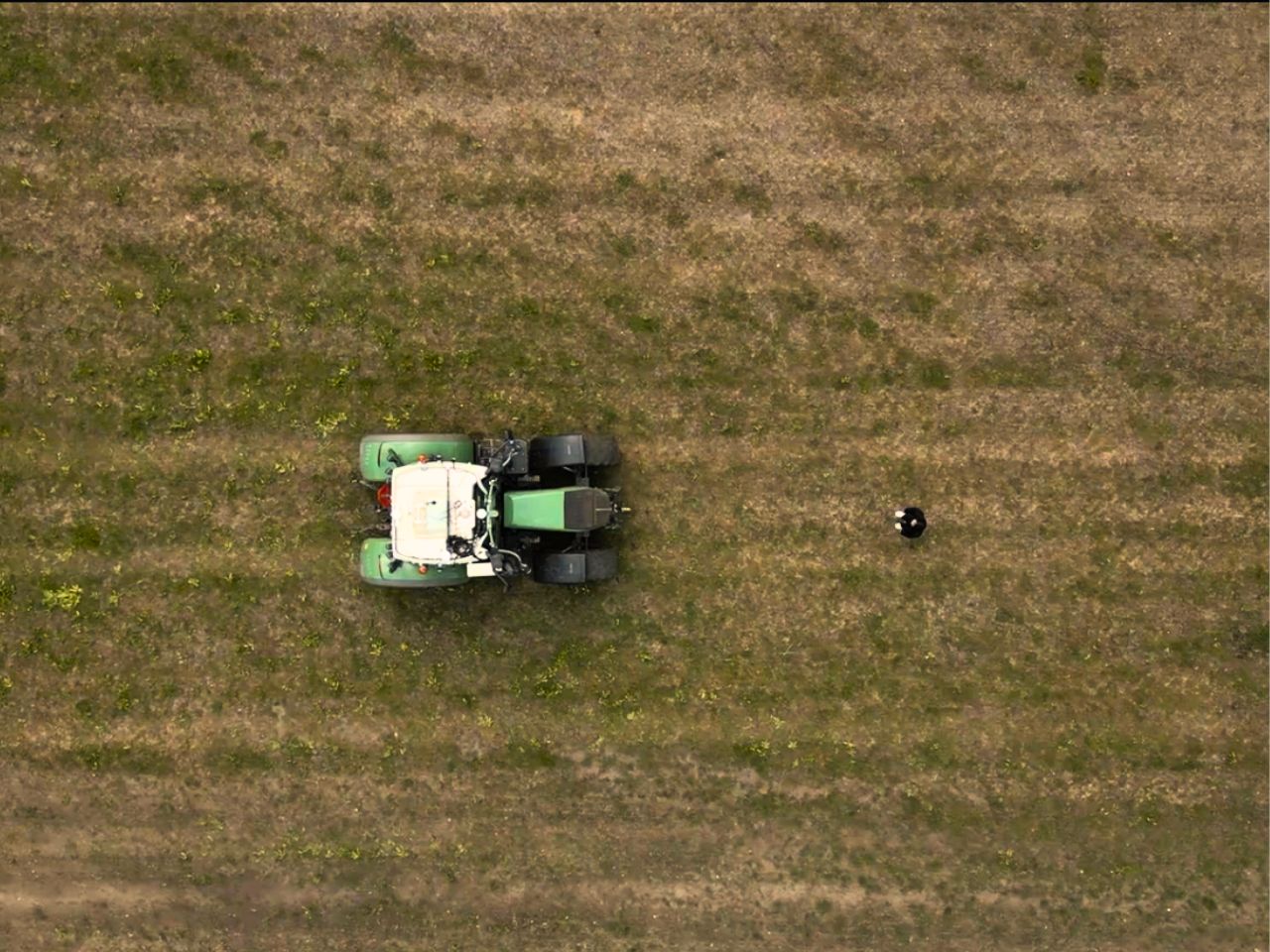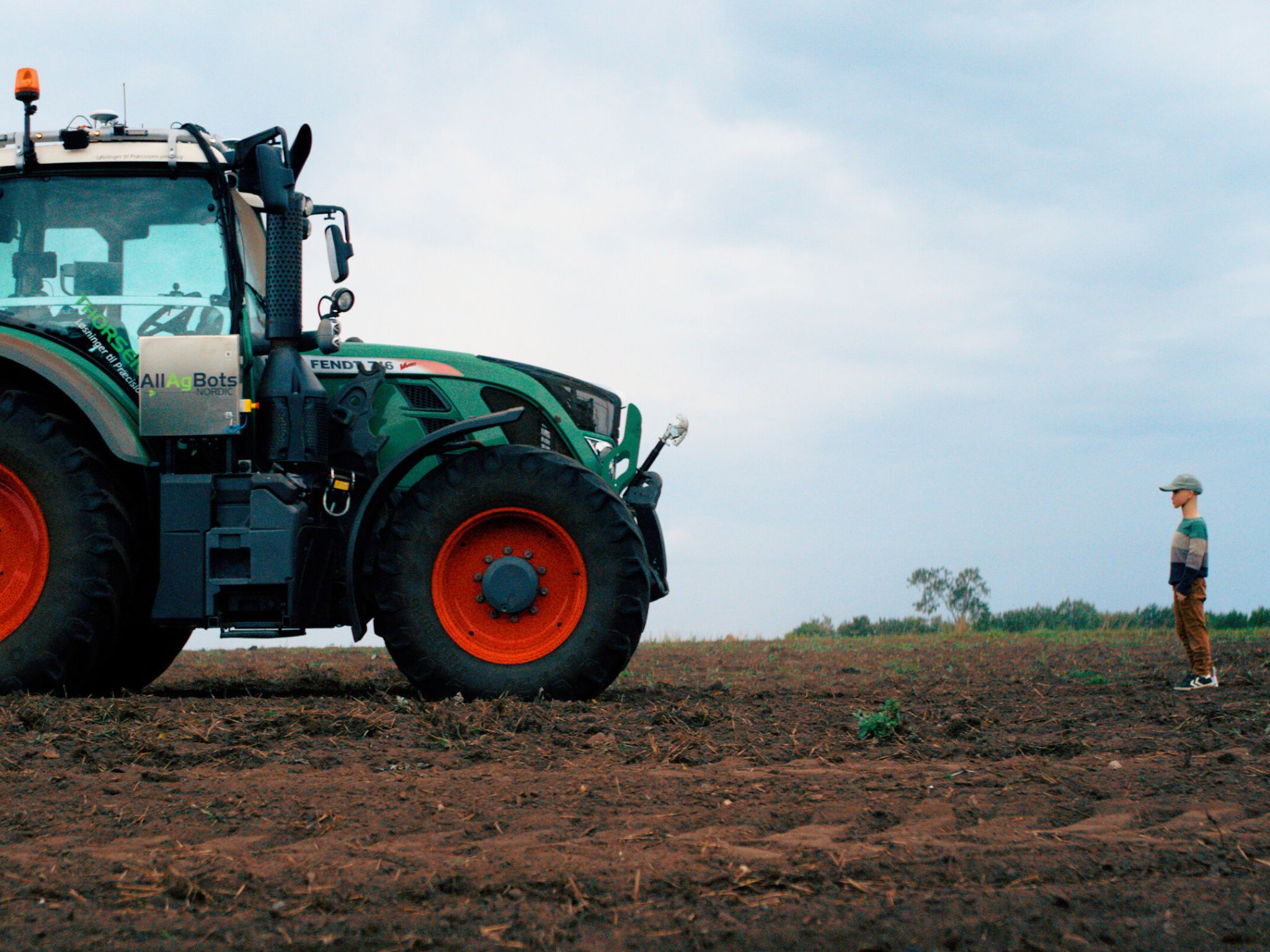From Compliant to Competent
We achieve high perception accuracy to reduce operator intervention, improve end-user acceptance, and enhance profitability. By staying current with industry standards and regulations, using rigorous processes, efficient test setups, and validating with simulation and real field data, we ensure our systems meet the relevant safety standards. Our approach delivers a complete safety solution in compliance with ISO 12100, ISO 18497, and ISO 25119.
We achieve high perception accuracy to reduce operator intervention, improve end-user acceptance, and enhance profitability. By staying current with industry standards and regulations, using rigorous processes, efficient test setups, and validating with simulation and real field data, we ensure our systems meet the relevant safety standards. Our approach delivers a complete safety solution in compliance with ISO 12100, ISO 18497, and ISO 25119.
Testing Limitations
Limited testing protocols make it hard to validate autonomous systems across diverse farming conditions.
Evolving Standards
Evolving global standards add complexity and uncertainty for OEMs building autonomous ag machines.

Importance of Compliance
Staying compliant is critical for successful deployment of autonomous agricultural vehicles. We closely follow ongoing standardization efforts and ensure our solutions remain up-to-date with the latest regulations. To guarantee availability, reliability and safety, we combine extensive robot simulation with real field data, validating our algorithms and systems through a state-of-the-art scenario-based approach.

Efficient test setup to comply with safety requirements. High use of robot simulation and real field data to validate algorithms and systems using a state-of-the-art scenario-based approach.
We work with a scenario-based approach enabling complexity management, clear communication and collaboration-
Integrated process toolchain
Requirement and test case management
Scenario-based safety process
Enables clear communication and collaboration

A unified framework for real-world and simulated scenarios.

EU regulatory requirements for products entering the EU market:
- Machinery Regulation
- Cyber Resilience Act
- AI Act
APPROACH
Regulatory Landscape
Navigating the evolving regulatory landscape with a strong focus on compliance and safety, ensuring our technology meets the relevant standards for safety, reliability and performance in autonomous agriculture.
The focus on ISO standards makes our approach suitable for most regions of the world.
Machinery manufacturers need to do CE marking to demonstrate that their product meets EU health, safety, and environmental requirements, allowing it to be freely marketed in the European Economic Area (EEA).
The EU Machinery Regulation (Regulation (EU) 2023/1230) sets high health and safety requirements for machinery placed on the EU market to ensure worker protection and promote the free movement of goods. It replaces the older Machinery Directive, updating safety standards for modern technologies like artificial intelligence and cybersecurity, and applying to a broader range of "related products". The Regulation is directly applicable and legally binding across all EU Member States, providing a consistent framework for compliance by manufacturers, importers, and some users through a CE marking. Fully applicable from January 20, 2027.
https://single-market-economy.ec.europa.eu/sectors/mechanical-engineering/machinery_en
ISO 12100 is a foundational international standard that provides designers with the essential framework, terminology, and methodology for achieving safety in machinery design. It guides the entire process of machine risk assessment, requiring the identification of hazards, estimation of associated risks, and implementation of measures to eliminate hazards or sufficiently reduce risks throughout the machine's lifecycle. By applying the principles of ISO 12100, manufacturers and engineers can ensure their machines are safer for users, comply with global regulations, and are ready for international markets.
ISO 18497 sets the safety standards for autonomous agricultural machinery, including automation levels, operating modes, signaling, obstacle protection, area limits, and system verification. The series outlines safety principles for design, testing, and user information, with ISO 18497-1 defining key concepts and ISO 18497-4 describing methods for verifying safety performance. These standards help manufacturers mitigate risks and ensure safe equipment operation.
ISO 25119 specifies general principles for the functional safety of safety-related control systems (SRP/CS) on agricultural and forestry machinery, and mobile municipal equipment, covering the entire safety lifecycle from design to operation. It achieves this by introducing Agricultural Performance Levels (AgPLs) which define the required safety performance, classified by system architecture and fault tolerance, to manage hazards arising from malfunctions. The standard provides a framework for managing functional safety, including risk analysis, safety concept development, and verification, ensuring that SRP/CS can achieve their required safety functions under foreseeable conditions.
The EU Cyber Resilience Act (CRA), in effect from December 2024, establishes legally binding cybersecurity requirements for hardware and software products with digital components sold within the European Union. Manufacturers must adhere to these requirements throughout the product lifecycle, ensuring that products are secure by design and that manufacturers actively manage vulnerabilities and provide security updates for a defined support period. The CRA aims to protect consumers and businesses by raising the overall security of digital products, improving transparency of their security features, and enabling users to interact with them more safely.
https://digital-strategy.ec.europa.eu/en/policies/cyber-resilience-act

Ensuring Safety in Agricultural Automation.
AUTONOMOUS AGRICULTURAL MACHINERY
Code of Practice
The Code of Practice for Autonomous Agricultural Machinery serves as a comprehensive framework to guide the safe, effective, and responsible integration of autonomous technologies into farming operations. Developed collaboratively by industry bodies such as Grain Producers Australia (GPA), the Tractor and Machinery Association of Australia (TMA), and the Society of Precision Agriculture Australia (SPAA), the code addresses key concerns including operational safety, digital connectivity, and affordability1. It provides practical guidance for the use of semi-autonomous and fully autonomous mobile field machinery in tasks like planting, spraying, fertilizing, and harvesting. The code outlines risk management strategies, safe work procedures, and emergency preparedness protocols, and is aligned with Australia’s Work Health and Safety (WHS) laws2. Internationally, standards such as BS 8646:2023 from the British Standards Institution (BSI) offer similar guidance, emphasizing sustainability, labor efficiency, and food security while ensuring safety and accountability in the deployment of autonomous mobile machinery in agriculture and horticulture.
https://www.spaa.com.au/resources-spaa/autonomous-vehicles-code-of-practice/
